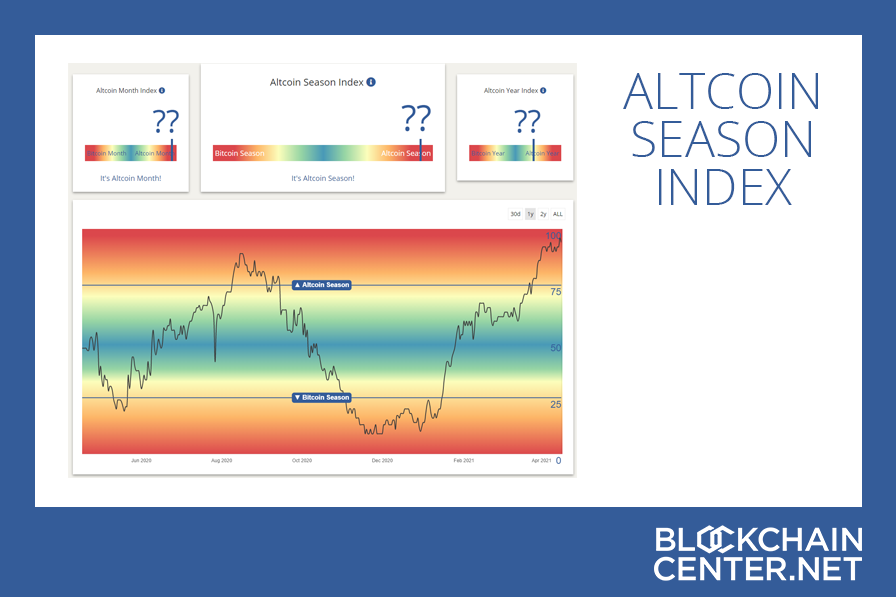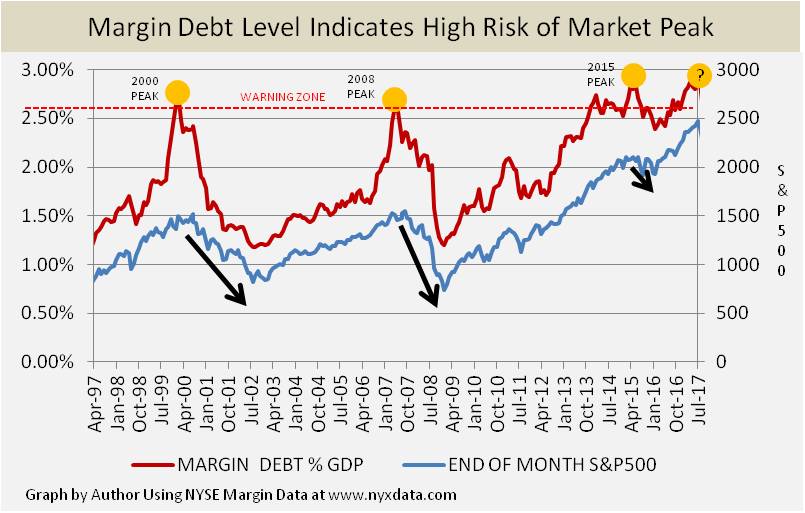Alright, buckle up, traders! The Hong Kong market is serving up a mixed bag today, fueled by policy shifts and a flurry of earnings reports. Let’s break down the key developments.
First up, the People’s Bank of China (PBOC) just delivered a 10 basis point cut to both the one-year and five-year Loan Prime Rates (LPRs). This is a clear signal – a modest attempt to stimulate the economy and ease pressure on borrowers. Don’t mistake this for a dramatic pivot, but certainly a supportive move.
Now, the headline grabber: CATL (03750.HK) finally hit the Hong Kong exchange today. Initial trading saw a solid 8.29% jump from yesterday’s gray market price, closing at HK$284.8, with a hefty HK$460 million traded. Early investors are sitting on a cool HK$2180 per hand – not a bad start, eh?
Let’s dive into some earnings. Alibaba Health (00241.HK) is showing resilience, posting a 13.2% jump in revenue to RMB 30.598 billion for the year ending March 31st, with adjusted profit climbing a respectable 35.6%.
Leapmotor (09863.HK) is really accelerating, with Q1 revenue surging 187.1% to RMB 10.02 billion and a record-high gross margin of 14.9%. This is a carmaker to watch.
Ali Pictures (01060.HK) is also shining, with revenue up 33% to RMB 6.702 billion and adjusted EBITDA soaring 61% to RMB 809 million. Entertainment’s bouncing back, folks.
Ctrip (09961.HK) reported a solid 16% year-on-year increase in Q1 net revenue, reaching RMB 13.8 billion. Travel is undeniably recovering.
SF Holding (06936.HK) saw a 12.42% rise in combined revenue from express logistics, supply chain, and international business in April, hitting RMB 23.915 billion.
And in the world of quirky partnerships, Neoglory (01450.HK) is teaming up with Baidu to leverage Baidu’s ‘Youxuan’ platform. Founder Luo Yonghao is scheduled for his first livestream on May 23rd – could be interesting!
Finally, Ping An Insurance (Group) is increasing its stake in Agricultural Bank of China (01288.HK) with a RMB 378 million investment. A calculated bet on the traditional banking sector.
Knowledge Expansion: Understanding LPR Cuts & Their Impact
The LPR (Loan Prime Rate) is the benchmark interest rate used for lending in China. When the PBOC lowers the LPR, it aims to reduce borrowing costs for businesses and consumers.
This can stimulate investment and spending, boosting economic activity. However, a 10 basis point cut is relatively small, indicating a gradual approach.
It often signals a desire to ease financial conditions without triggering excessive risk-taking. The effectiveness of LPR cuts depends on several factors,
including overall economic sentiment, credit demand, and the transmission mechanism of monetary policy through the banking system. It’s a nudge, not a shove.






